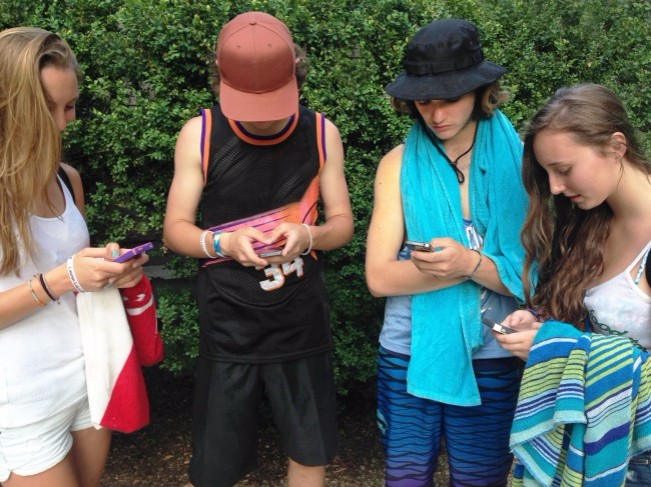
Preteens and teens may have mastered the use of social media — to eerie proficiency — but they reportedly have trouble sorting out reputable news sources. The Wall Street Journal details a Stanford University study, which found that approximately 82 percent of middle-schoolers couldn’t tell the difference between real news and fake news.
The latest study, which polled 7,804 students from middle school through college, shows how teens evaluate their news. The Journal found that students would judge “the credibility of newsy tweets based on how much detail they contained or whether a large photo was attached, rather than on the source.” The findings would be startling if they weren’t true, as it was reported fake news on Facebook actually outperformed real news outlets during the election. Facebook and Google have altered their policies weed out fake news from their sites, but a number of these content producers use loopholes, such as deceptive advertising, to still get the posts published.
A possible explanation for a rise in fake news readership among teens may be the lack of resources schools have. Proper research skills and teaching students about media literacy — the ability to analyze and evaluate media — aren’t being hammered home as much anymore thanks to shrinking libraries in schools, The Journal reports. And despite their online fluency (kids are reportedly spending 7-1/2 hours outside of school online each day) quality of news sources isn’t high on the priority list.
However, many web browsers now offer extensions to help filter out fake news, which could eventually alleviate the issue.
(Via The Wall Street Journal & Engadget)
